
Just a quick video comparing high-temperature brazing versus low-temperature silver-bearing solder. First, we're going to be doing our brazing joint, and I'm going to prep it with Stay-Silv White Brazing Flux. And you could argue that this is not necessary for copper to copper when you're brazing. However, anything to make that joint better is a plus in my mind. I'm going to go ahead and turn my torch on and hit the striker, and we're going to begin to warm up this joint. Now I'm going to go ahead and bring over my torch and start heating the joint. And you can see I'm only using the tip of the flame. You don't want to bury the nozzle in the copper.
Keep in mind, this video is not necessarily a how-to, it's just a comparison of brazing versus soldering. You can see a beautiful color change on the copper running down the copper on the outside of the joint, and my braze rod's ready to go. There it is. And I'll draw my flame just to the left to get that braze to chase down inside of that joint. Once I remove that flame, you saw that beautiful cherry red color indicating how hot that joint is, and you can also see the color change as we remove the heat and the copper starts to cool back down.
Next, we're going to be doing our solder joint. And for this, I'm just going to use some camping gas in a generic torch. You can pick this up at Walmart for probably around 20 bucks. I'm going to go ahead and bring over the torch and start warming up the joint. And if you may have noticed, I have not applied flux yet, and this is because when you're soldering, you want to heat the joint and then apply the flux. In brazing, you apply the flux first. Here I'm using Oatey No. 95 Tinning Flux, and you can see it puts that beautiful kind of chrome color on the joint. That's what you want to see, indicating it was warm enough. Back with the heat and just a tiny, tiny little bit of solder. And there we have it, there's your solder joint.
Now I'm going to go ahead and wipe this down with a wet rag, and there is a bit of a time-lapse there. You don't want to wipe it down too quickly with a cold, wet rag. It will cause the joint to contract very rapidly. It can crack it. Let's go ahead and give this a twist, and still way too hot. Yeah, that was my bad. You want to let that copper cool off for several minutes before you try and handle it with bare skin. It can burn you. Here I've given it a complete 360. None of the joints have been compromised, and you're going to go ahead and see just on the left-hand side of that braze joint where the copper is going to start to give away. There it goes. And a couple more twists here and the copper's going to roll over and completely snap off, leaving our braze joint and our solder joint completely intact. Though these joints were made with two different techniques, they are both vastly stronger than the copper itself and completely adequate for sweating residential refrigeration lines.
Want to learn more? Check out our class here. We are also now offering our 3 refrigeration week for students just looking for refrigeration training.

Appliance Industry 2024 Q1 Results

Congrats to our graduating April 2024 class
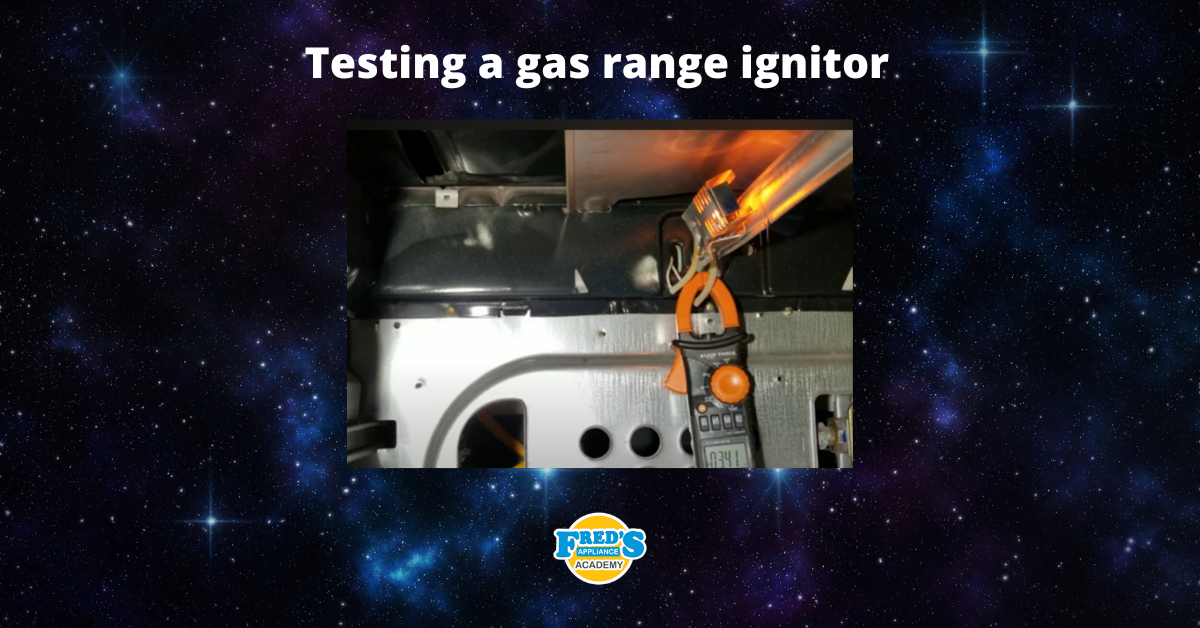
How to test a gas range ignitor

Congrats to our graduating March 2024 class
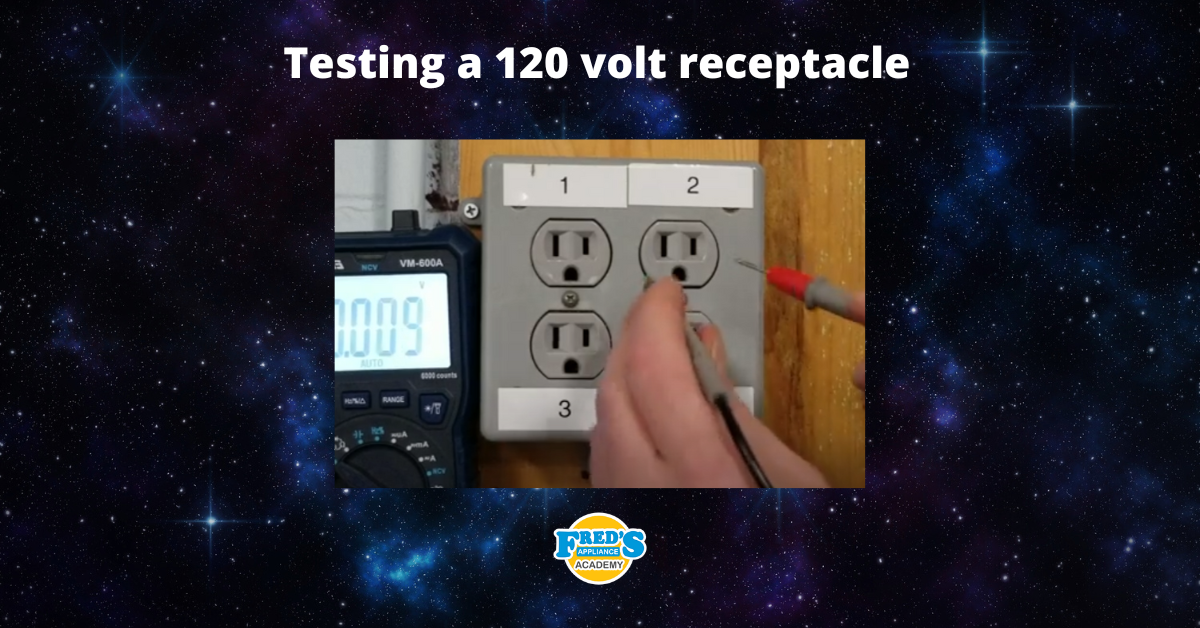
How to test a 120 volt receptacle
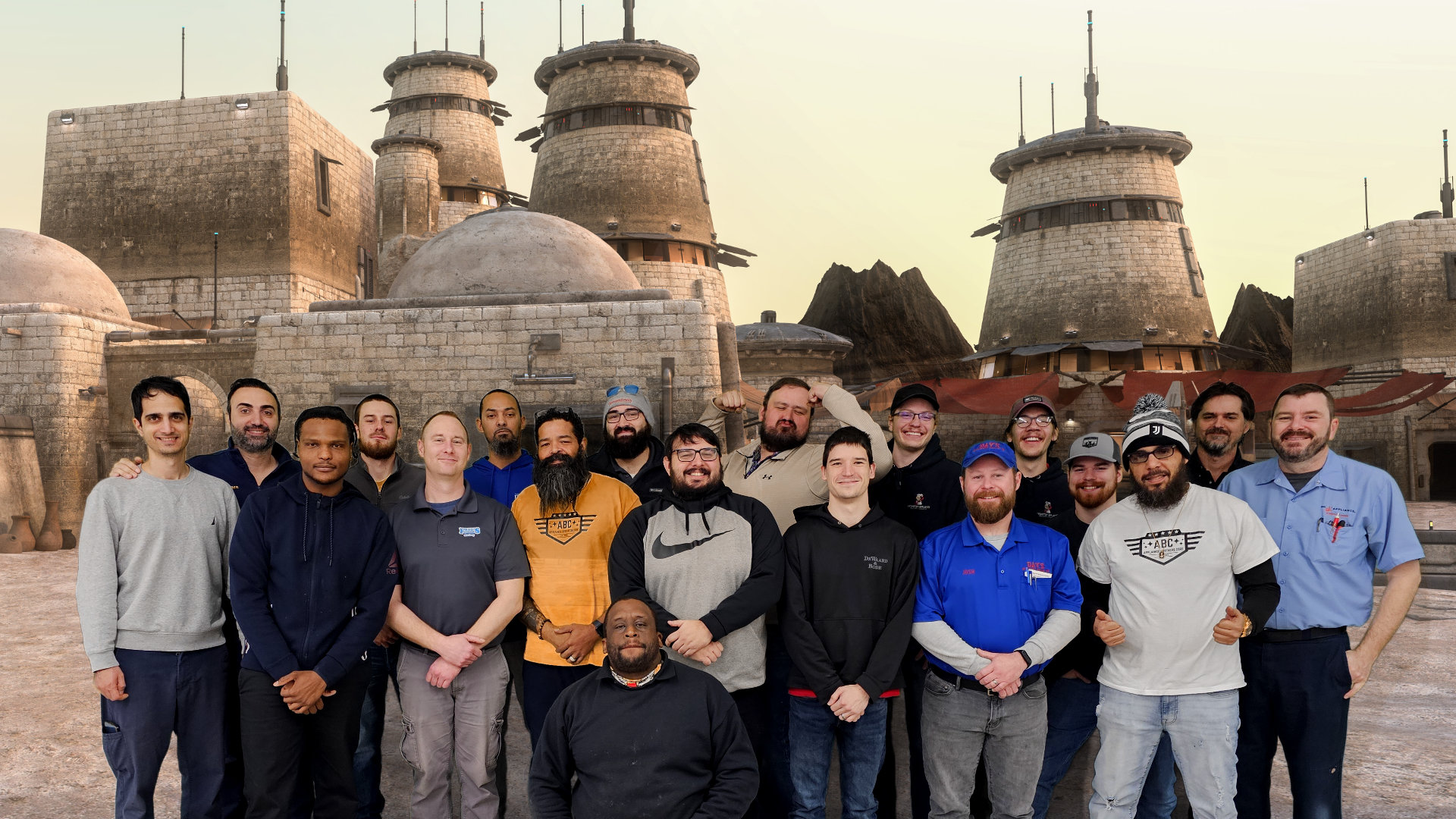
Congrats to our graduating February 2024 class
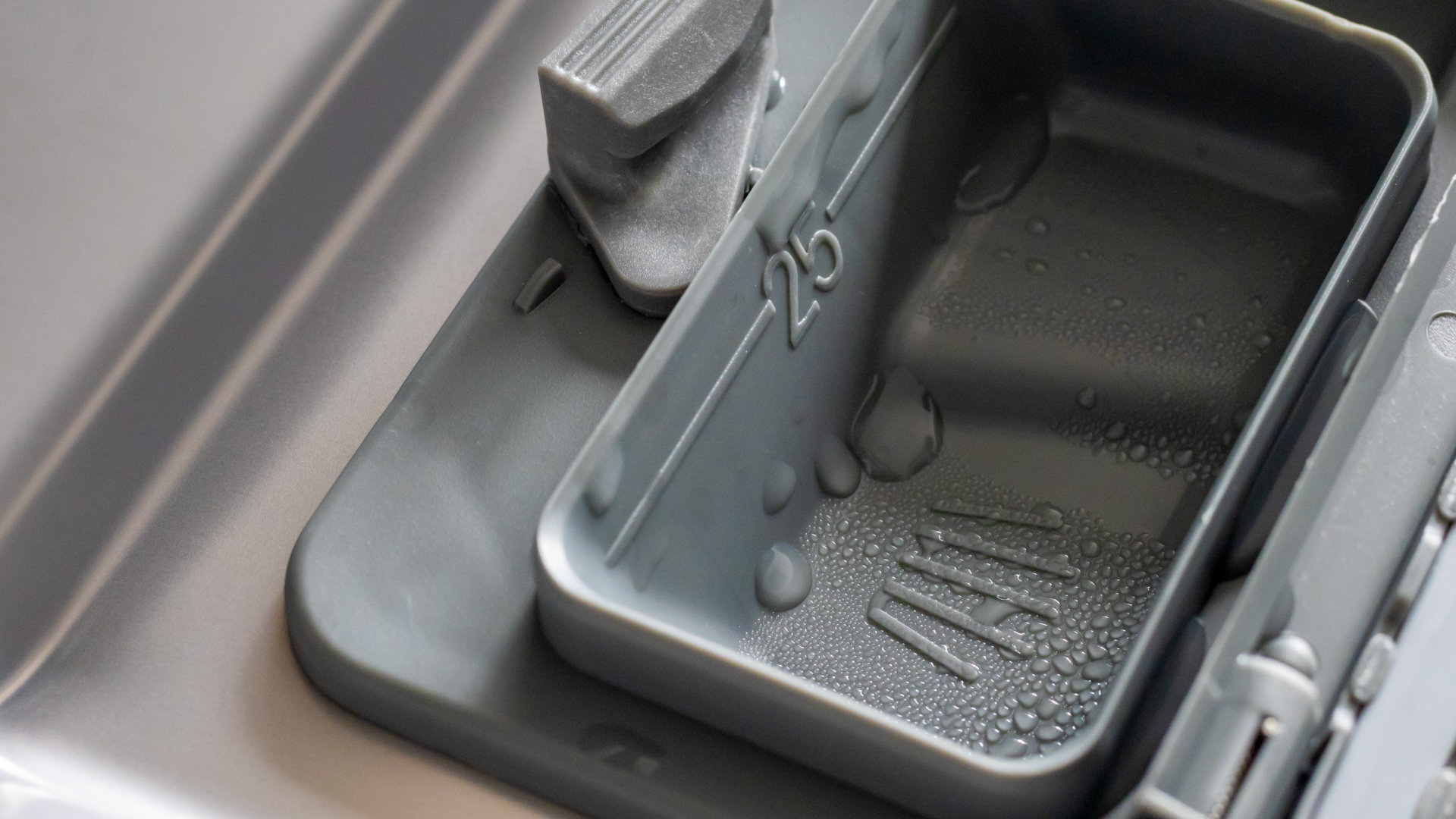
Why Is Your Dishwasher Soap Not Dissolving? (5 Easy Fixes)
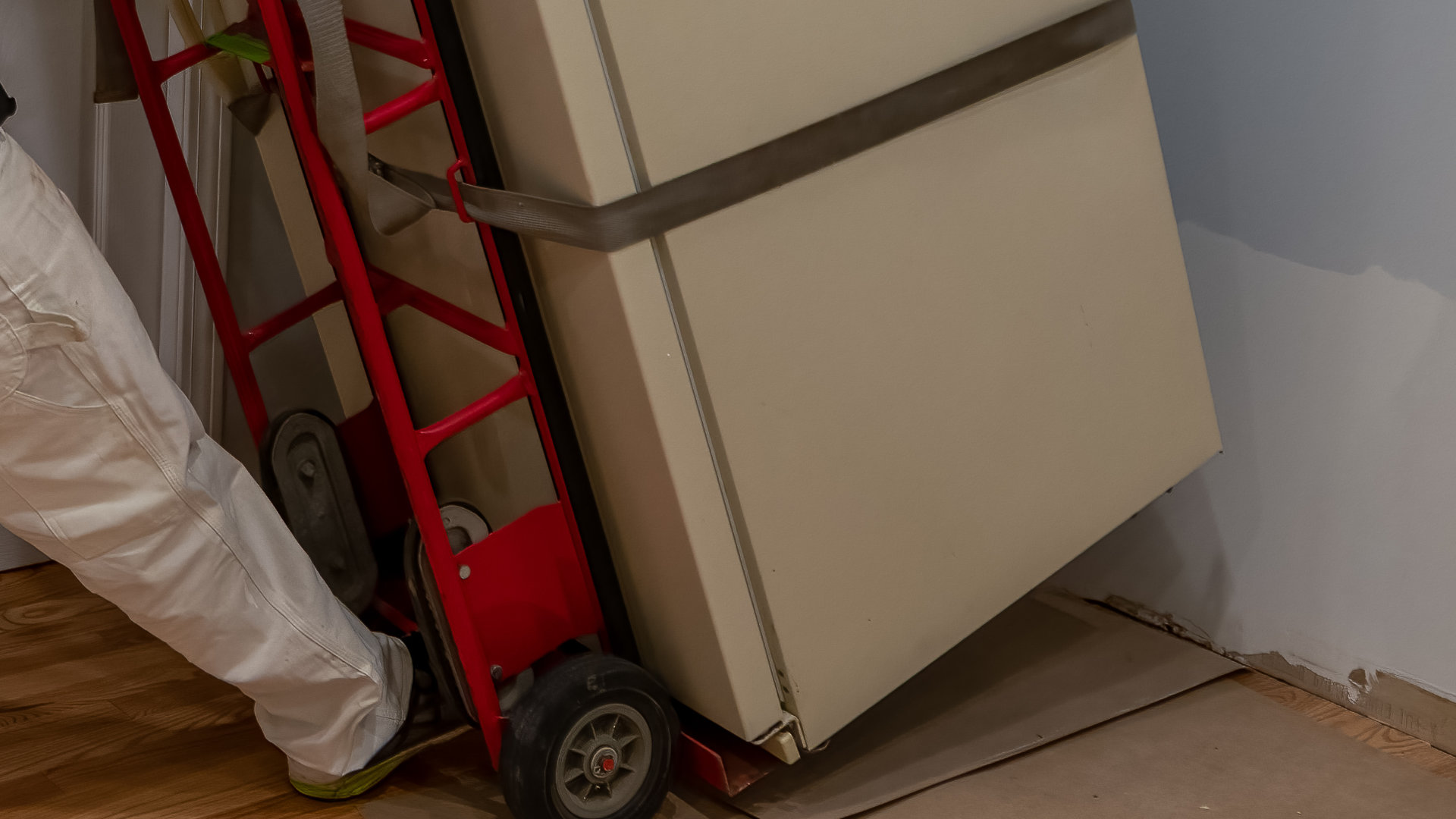
Refrigerator Dripping Water Inside? 5 Quick Fixes

Appliance Industry 2023 Q4 Results



